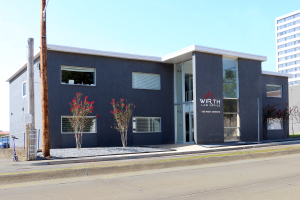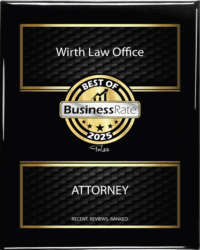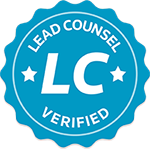Chapter 13 Is Based on What You Can Pay
Video Transcribed: Hello, this is Edward Kelley I am a Bankruptcy Attorney Tulsa. We talked about Chapter 7 in Oklahoma, so we’ll talk a little bit about a 13. So, what’s the difference between chapter 7 and chapter 13?
In Chapter 7, what you probably want to do if you can and if you don’t have assets to worry about, cut and run, liquidate. All your debt is gone, give up any collateral tied to it, or you can reaffirm it, which I’ll talk about in a later video if you want to keep it. And you’re done. So, very much a fresh start.
Chapter 13 on the other hand is you pay what you can for three to five years, so 36 to 60 months. It’s not based on what you owe, it’s based on what you can pay, and everything remaining, any debts after that period of time are discharged.
So, why would you want to do this? Well, you make too much money. I talked in the beginning about the income limits to do Chapter 7. So, if you’re way over that, and there’s no way to get you down into 7 territories, you’re going to have to do a 13.
 But, let’s say you have 100,000 in debt but your payment’s 500 a month in your Chapter 13. You end up paying 30,000 over five years, so you’ve just saved $70,000 because the rest will be discharged at the end. Again, it’s not based on what you owe, it’s based on what you can pay.
But, let’s say you have 100,000 in debt but your payment’s 500 a month in your Chapter 13. You end up paying 30,000 over five years, so you’ve just saved $70,000 because the rest will be discharged at the end. Again, it’s not based on what you owe, it’s based on what you can pay.
Why else would you want to do it? You’re losing your house or your vehicle. There are some special powers in Chapter 13 that allow you to force the bank or the financer of your car to let you keep it and pay off the arrearage that you owe. And arrearage just simply means if you’re six months behind, those six months extra that you owe.
So the thing is if you want to do that, you got to be able to afford to. So, if you’ve got a house payment of 500, you’re in foreclosure, you’re about to lose it, a Chapter 13 can stop that foreclosure up to the moment of the confirmation of the sheriff’s sale. So, the sheriff’s sale can already have happened. Could be two weeks later. As long as a judge hasn’t confirmed that sheriff’s sale, we can still stop it. Stop it five minutes before. In fact, I’ve done that.
But then you’d have to be prepared to make that $500 regular mortgage payment. And then whatever you owed, let’s say it was $6,000, divided by that 60 months, so $6, $60, whatever that … you’d have to pay that on top of your regular mortgage payment for the length of that plan.
They have to stop the foreclosure, and they have to let you pay it out. So, that’s a pretty extraordinary power. If you’re not getting anywhere with loss mitigation or whatever the bank wants to call it to restructure your loan, and I know I’ve heard lots of horror stories, 13 will absolutely work as long as you can make the payments.
Same deal with a car. And in a car, depending on how recently you bought it, if you didn’t buy it too recently, you can even cram down what you have to pay to the value of the car, not what you owe. So if the car’s worth 5,000, you owe 15,000, you can maybe just pay the 5,000 over that five years and keep the car.




























